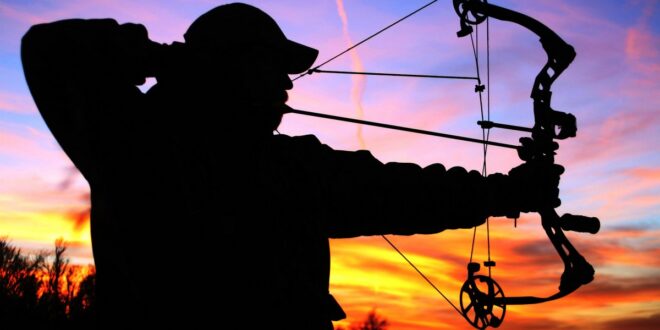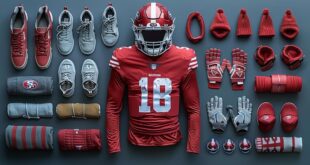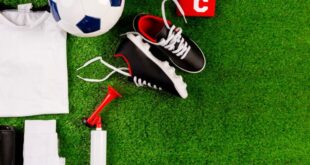We all need to begin somewhere, you can always start off bow hunting on your own. It can take some time to get to know the ropes and get used to the materials. However, bow hunting does not need to be tricky.
On DeerHuntingGuide.net, you can find plenty of tips to help you start out hunting games with any kind of materials, even a bow. But, bow hunting is something of a niche way to hunt, so you want to ensure that as you start out, you do so.
Here is a quick guide to get you started.
Bow Selections ─ Pick Your Bow
One of the most important things you will need to get is a bow selection. However, getting a bow does not mean you need to get the most expensive one available, but you do need to get one that fits you.
Even if it is tempting for you to grab a used bow from Craigslist, eBay, or even Facebook Marketplace, never buy a bow that does not fit you right.
Take a trip to your local archery store and be honest with them, they will help you out and give you advice that will be invaluable to you as you get started.
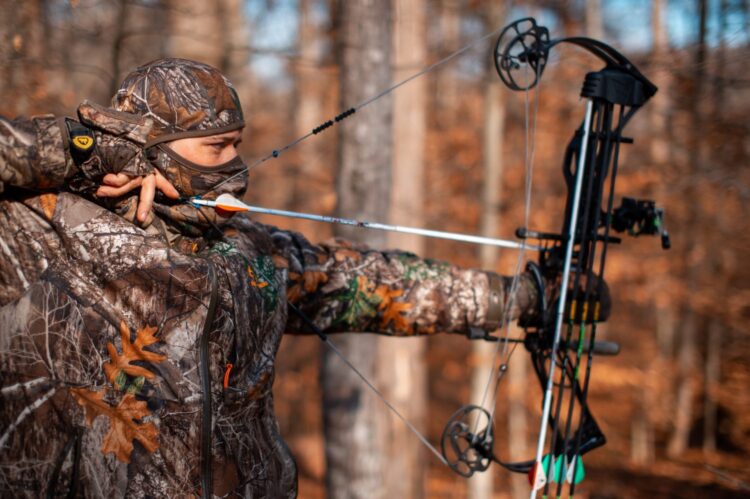
Pick Your Accessories
Once you have your bow, you will look at accessories. There are several that you need and some that you do not. You need field points, arrows, mechanical release aids, a sight, a peep sight, and a quiver.
Optionally you could get a case, a target, and a stabilizer, but they aren’t necessary. You don’t need a sling or sound-absorbing devices either.
Choosing Your Arrows
When you go to choose arrows, a pro will give you advice on the correct stiffness for your draw length and weight. It will need to flex after its release, but it should not be flexing in excess.
Carbon fiber arrows are probably the best.
Do not you do not need the best and straightest arrows, as any arrow from a respectable company will be as straight as you need them to do. You also want 3” vanes, instead of small target canes, as they help broadheads to fly better when you advance.
Sights
There are plenty of styles of sights, and a good sight is very crucial. You needn’t pay $300 for a tip-top sight. Instead, you probably want a 5-pinned hunting-style sight with some micro-adjustments.
Although sights without click-style, or without micro-adjustment knobs are not as expensive and are perfectly ideal, those with micro-adjustments are often worth it and can save you time when it comes down to zero on your sight.
Release
You need to get a release aid as well, as a newbie you might not be totally sure about release aids. Ideally, when your seller asks you what release aids you want, check out the target-style release aids, they are popular and do have their place.
However, if you are learning to shoot arrows for bow hunting, you want to go for something more relative to a caliber-styled wrist strap release.
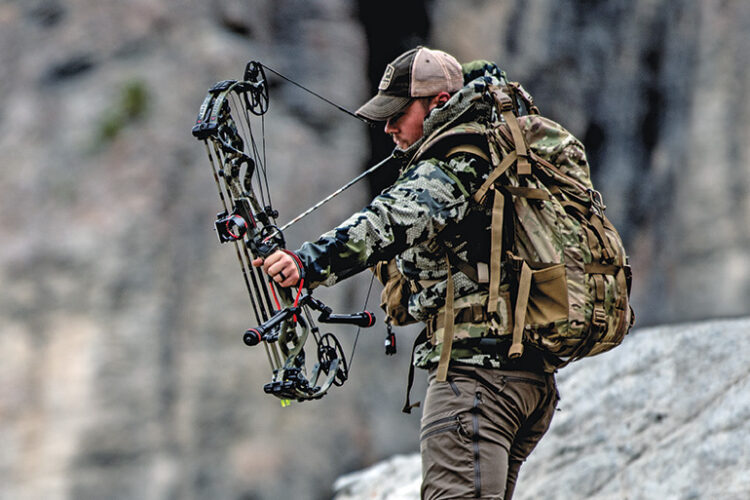
What To Hunt With A Bow
There are plenty of different games you can hunt with a bow.
Ideally, you want to start out with a big game, but as you grow more experienced you can work towards smaller and smaller games.
LARGE GAME
- Deer.
- Goats.
- Sheep.
- Boars.
- Moose.
- Bison.
- Bears.
- Elk.
- Caribou.
SMALL GAME
- Geese.
- Coyote.
- Squirrels.
- Skunk.
- Turkeys.
- Birds.
- Rabbits.
- Pheasants.
- Raccoons.
- Groundhogs.
- Fish.
- Frogs.
Large games have shorter seasons, but they do provide you with more meat and more trophies.
However, the smaller game will usually only be 40 lbs or less, and they are around for longer seasons, have a higher daily limit for hunting, and can present you with a challenge too.
Start Out With Big Game
Enjoying bow hunting earlier on is ensuring you are hunting reasonable targets. YOU need your target to be enough that you will be reasonably able to take a shot, but you also want it to be big enough that you have a fair shot at hitting it.
If you went after squirrels or birds on your first hunt, you will likely miss and end up frustrated.
Going after a bigger, horned sheep, you will typically end up hiking for a while and not seeing anything. However, wild hogs and whitetail deer are some of the most ideal game animals to get hunting when you are a newbie to the bow hunting scene.
Picking the right spot is vital, you will want to go somewhere you will see animals from, and where you will be likely to bring home meat.
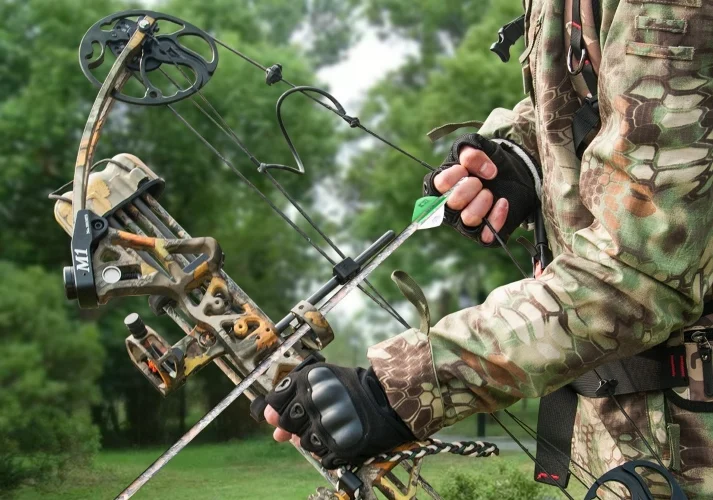
Do Research
Firearms hunting and bowhunting are very different. You cannot sit in your truck and pick off a boar or deer at a couple hundred yards. You need your target within 40 yards of you, you can take longer shots, but 30 yards is the optimal distance.
You need to consider location, camouflage, sound, movement, scents and everything needs to be taken into consideration.
Read about the best spots for youtube setting up your stand and scout for the best location to really benefit from this hunt.
Pay attention to other things like wind direction, and even bring along a wind indicator if you want.
Find ways to cover scents or even use attraction scents for some game animals.
Learn about your target animal’s calls, and consider buying a call. You may end up able to call one of them over to you even with just a very minimal amount of practice.
Calls could also be useful for locating animals, stopping movement and so on.
Once you know what you intend to hunt, you want to learn as much as you can about the animal, the area they live in, their mannerisms, and the habits they typically have. Consider how you can apply this information to the hunt, and find ways to ensure your own success in the hunt.
 Hi Boox Popular Magazine 2024
Hi Boox Popular Magazine 2024
